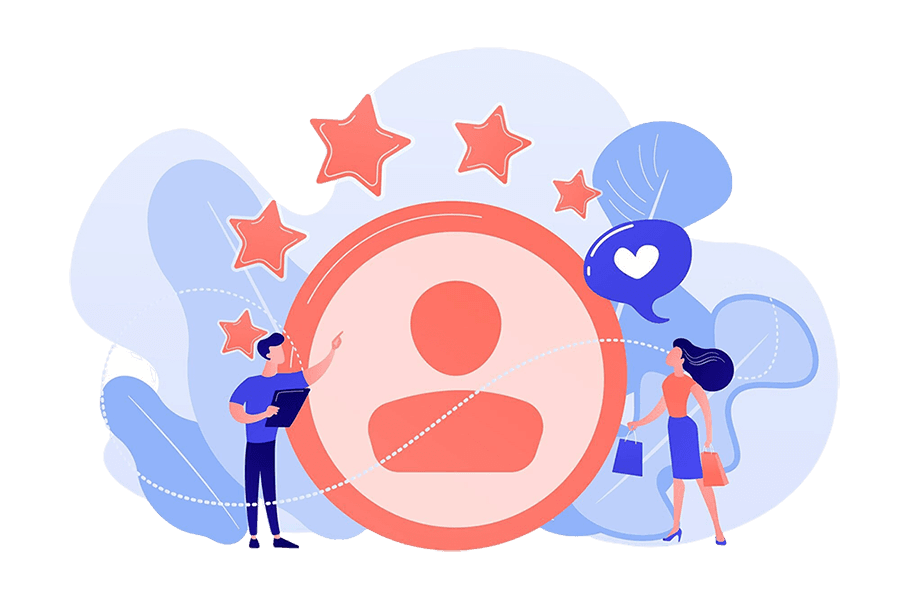Why Should You Normalize Data in Machine Learning?
Normalization of data is a fundamental concept in machine learning that is often overlooked by beginners, leading to suboptimal model performance and inaccurate predictions. In simple terms, data normalization is the process of scaling and standardizing the input data in a consistent and uniform manner. But why is this normalization step so crucial in the realm of machine learning, and what consequences can arise if it is neglected?
Benefits of Data Normalization
First and foremost, data normalization is essential for ensuring that all features contribute equally to the learning process. When we feed raw data into a machine learning algorithm, features with larger scales or variances may dominate the learning process, causing the model to be biased towards those particular features. By normalizing the data, we place all features on a level playing field, preventing any single feature from exerting undue influence over the model.
Moreover, normalization helps in speeding up the training process of machine learning algorithms. When input features are on vastly different scales, it can take longer for the model to converge during training. By normalizing the data, we help the model reach convergence more quickly and efficiently, thereby reducing computational costs and training time.
Another significant advantage of data normalization is the improvement in the model's interpretability. Normalized data allows for easier interpretation of feature importance and model coefficients. Without normalization, interpreting the significance of each feature becomes challenging, as features with larger scales will naturally have higher coefficients, regardless of their actual importance in making predictions.
Methods of Data Normalization
There are several methods for normalizing data, with two of the most common techniques being Min-Max scaling and Z-score normalization.
Min-Max Scaling
Min-Max scaling, also known as feature scaling, transforms data into a fixed range, usually between 0 and 1. This method is particularly useful when the features have different minimum and maximum values. The formula for Min-Max scaling is:
$$ X_{\text{norm}} = \frac{X - X_{\text{min}}}{X_{\text{max}} - X_{\text{min}}}$$
Where:
- $ X_{\text{norm}} $ is the normalized value.
- $ X $ is the original value.
- $ X_{\text{min}} $ is the minimum value of the feature.
- $ X_{\text{max}} $ is the maximum value of the feature.
Z-score Normalization
Z-score normalization, also known as standardization, transforms the data to have a mean of 0 and a standard deviation of 1. This method is useful when the features have varying means and standard deviations. The formula for Z-score normalization is:
$$ X_{\text{norm}} = \frac{X - \mu}{\sigma}$$
Where:
- $ X_{\text{norm}} $ is the normalized value.
- $ X $ is the original value.
- $ \mu $ is the mean of the feature.
- $ \sigma $ is the standard deviation of the feature.
Consequences of Not Normalizing Data
Failure to normalize data can have detrimental effects on the performance and robustness of machine learning models. One of the most common issues that arise from not normalizing data is the sensitivity of certain algorithms to the scale of input features. Models such as support vector machines and k-nearest neighbors are highly sensitive to the scale of features, and leaving data unnormalized can lead to biased predictions and poor generalization to unseen data.
Additionally, without normalization, the gradients of the loss function during training can become unstable and oscillate, making it challenging for the model to converge to an optimal solution. This instability can manifest as slow convergence, premature convergence to suboptimal solutions, and even divergence in extreme cases.
In classification tasks, unnormalized data can also lead to misleading decision boundaries and misclassified instances. Features with larger scales may disproportionately influence the decision boundary, resulting in misclassifications and reduced model accuracy.
Data normalization is a crucial preprocessing step in machine learning that cannot be ignored. By ensuring that all features are on a similar scale and distribution, we enable our models to learn effectively, generalize well to unseen data, and make accurate predictions. Whether using Min-Max scaling, Z-score normalization, or other techniques, the benefits of data normalization far outweigh the minimal effort required to implement it. Remember, normalize your data before feeding it into your machine learning models, and watch your performance soar.












